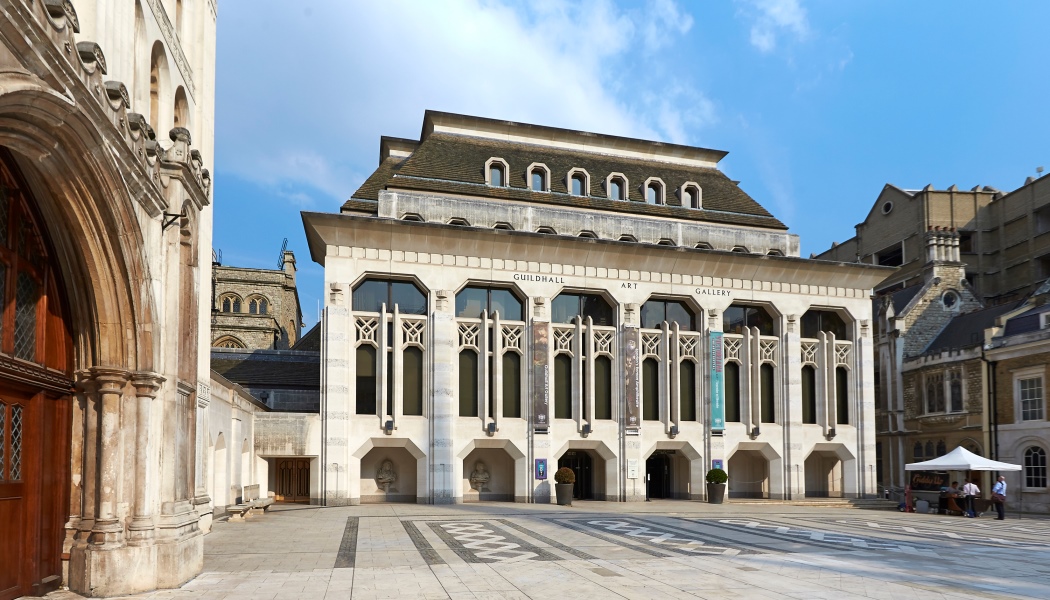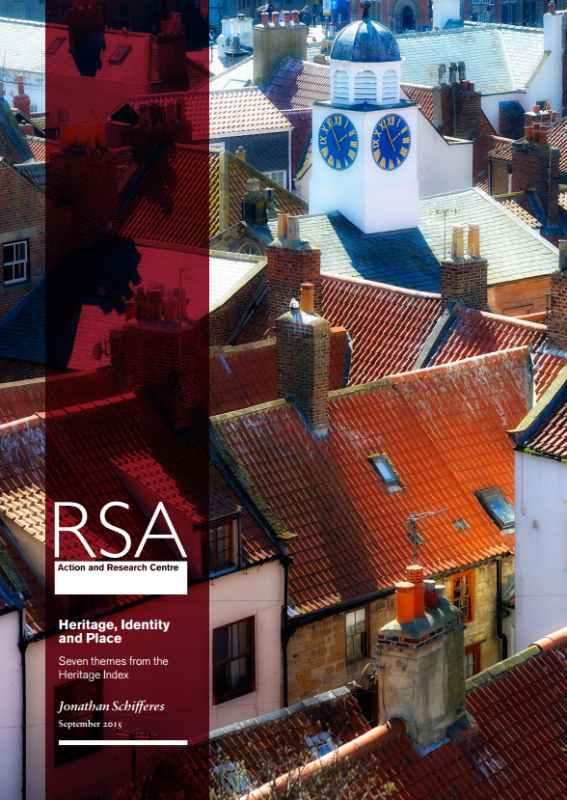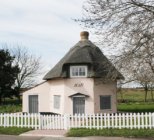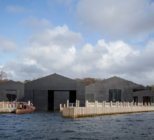Published today by the independent RSA think tank, in collaboration with the Heritage Lottery Fund (HLF), the Heritage Index reveals which areas have the most physical heritage assets; how actively residents and visitors in those areas are involved with local heritage; and – by comparing the two – shows where there is potential to make more of heritage. It is hoped the index will help local communities, businesses and leaders see the potential of their local heritage.
Covering England, Scotland and Wales, the index spans 329 local authorities and brings together more than 100 data sets ranging from nature reserves, heritage open days, archaeological groups, blue plaques, heritage volunteering and participation data, pubs that have been listed as community assets, and even EU-designated local foods such as Cornish Pasties or Melton Mowbray pork pies.
Chief Executive of the Heritage Lottery Fund, Carole Souter said: “We hope this new Index will help communities to better understand their heritage; identify its potential; and capitalise on what make their areas distinctive. We hope it will encourage debate about what heritage is and how it is best recognised and properly exploited in local plans.”
The Heritage Index is part of a wider RSA and HLF collaboration looking at Heritage, Place and Identity, which will reach its conclusions next year. The Index will remain open during this time, so that if organisations can identify other national data relating to heritage assets or activities that are not yet included, they can be added to a revised edition, planned as part of the final report on the wider project.
RSA Associate Director, Jonathan Schifferes said it was clear from previous research into heritage and place-making (A Place for Heritage, 2014) that despite some heart-felt enthusiasm for the history and the identity of their places being expressed by local leaders, they often disregard the potential offered by local heritage when developing their local area’s economic, cultural or social strategies. He said the Heritage Index’s comparison between local areas’ heritage should generate a healthy debate about how to make the most of heritage.
“Today we have an unprecedented amount of data available relating to heritage – but many local communities struggle to access information and put it to use. The Heritage Index helps – showing relative strengths and weaknesses across a broad definition of heritage, letting us see where strengths could be consolidated and capitalised upon; or areas where under-performance might be addressed.”
Schifferes added that local heritage can often be difficult to quantify and record, but what was important is building public awareness about what’s valued and why – what’s missing and what should be there. “The goal is a shared and richer understanding of what makes a place unique,” he said.
The launch of the Index comes at a time when many areas are set to make challenging decisions about where to focus their resources, with certain areas preparing for increased devolved powers from Whitehall. The RSA and the HLF will spend the next six months examining how heritage can play a greater role in developing local economic, cultural and social strategies.
Following the publication of the Heritage Index, HLF aims to:
- Encourage partners and other organisations to add to the Heritage Index by making available any further relevant nationally available data sets relating to heritage assets or activity. HLF will continue to build the Index for the duration of the wider research project with a view to publishing a second edition in Summer 2016
- Call on those designing heritage projects, including as part of preparing funding applications to HLF, to use the Heritage Index to understand the heritage of their place and the extent of local engagement. This will inspire better projects, and highlight different routes and opportunities for projects to be successful
- Use the Heritage Index to inform its development and outreach work, encouraging new projects and promoting the availability of Heritage Lottery funding across the UK
- Call on HLF projects and the wider heritage community to support the Community Right to Bid (2012), nominating heritage land and buildings for recognition by their local authority as ‘Assets of Community Value’. In addition, HLF will work with DCLG to ensure that future editions of Heritage Index includes these listed heritage assets
Top of the rankings
Whilst there are some predictable outcomes in the rankings – for example the City of London and Kensington and Chelsea top the physical heritage asset chart – there are some surprises too. There are strong concentrations of heritage assets in places like Hastings, Southend-on-Sea and Barrow-in-Furness, which also feature in the top ten assets listing.
In terms of activity, it’s Scarborough, South Lakeland (in the Lake District) and Norwich that take the top three spots – alongside more traditional heritage hot-spots like Oxford and Cambridge. When scores for assets and activity are taken together, Scarborough comes third overall in England – with Norwich and Worcester also showing a strong combination of physical heritage and heritage activity, in the ‘top ten’ overall combined scores.
Heritage potential
The Index also highlights areas where heritage assets could play a much greater role in helping their area thrive and succeed as a place. Areas showing potential in this way include Islington in London, Bury in Lancashire, and Dudley in the Black Country; and Newport in Wales and Moray in Scotland. Many of these places are home to a remarkable concentration of historical assets such as canals, railways, listed buildings or museums but overall heritage activity levels are below average, indicating substantial scope to build greater participation and make more of heritage for local communities and economies.
The Tables
Top 10
City of London (1st)
Kensington and Chelsea
Scarborough
Cambridge
Hastings
Oxford
South Lakeland
West Somerset
Norwich
Worcester
Bottom 10
Doncaster
Basildon
Blaby
Basingstoke and Deane
Warrington
Rotherham
Slough
Knowsley
Darlington
Luton (325th)
Heritage Potential: (Large gap between levels of assets and lower levels of activity)
Castle Point (Essex)
Rochford (Essex)
Redditch (Worcestershire)
Runnymede (Surrey)
Southend-on-Sea
Tower Hamlets
Oadby and Wigston (Leicstershire)
Epsom and Ewell
Eastleigh (Hampshire)
Barrow-in-Furness (Cumbria)
High activity per asset (already making the most)
Cornwall
South Kesteven (Lincs)
East Lindsey (Lincs)
South Northamptonshire
Harrogate
Fenland
Cheshire West and Chester
Shropshire
West Dorset
St Edmundsbury (Suffolk)











